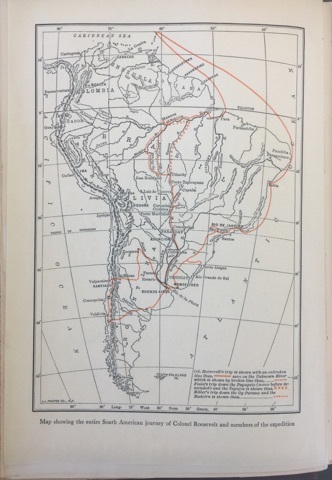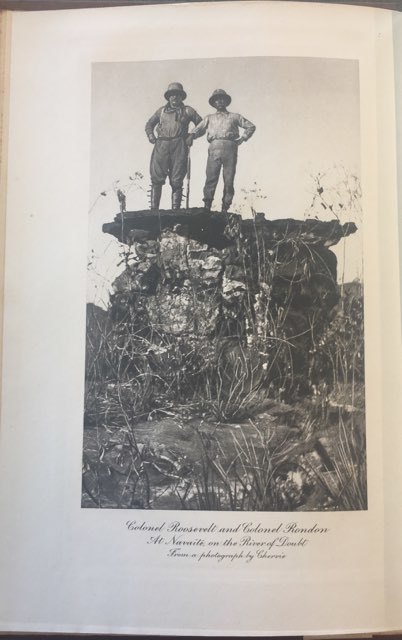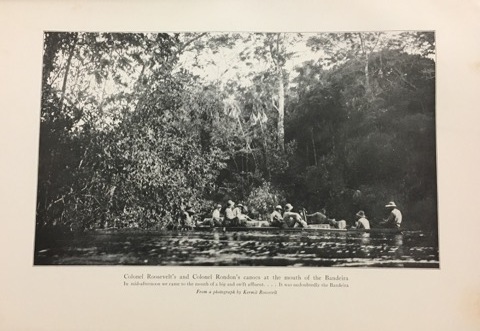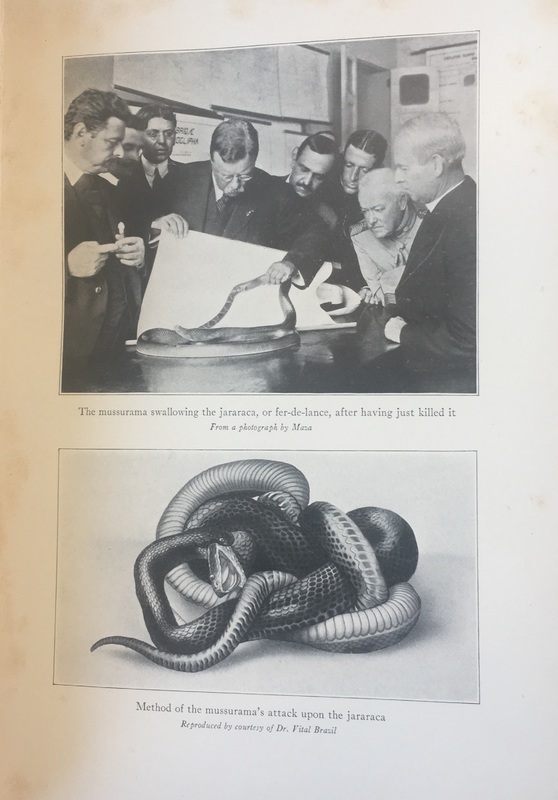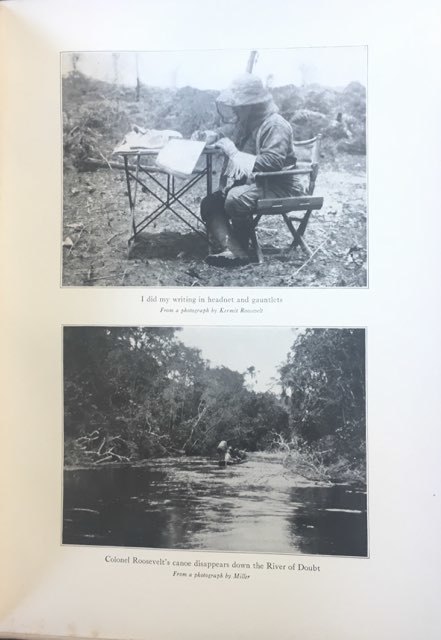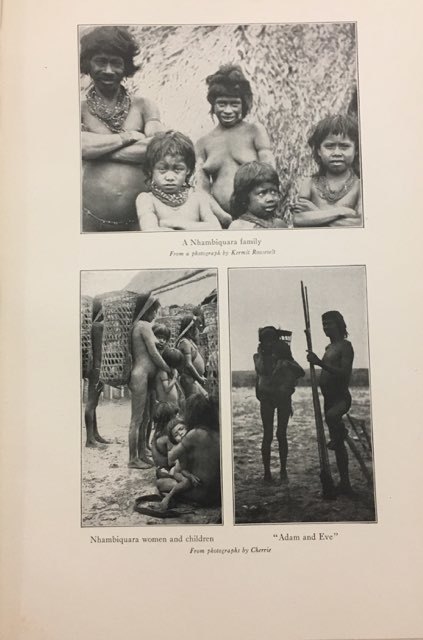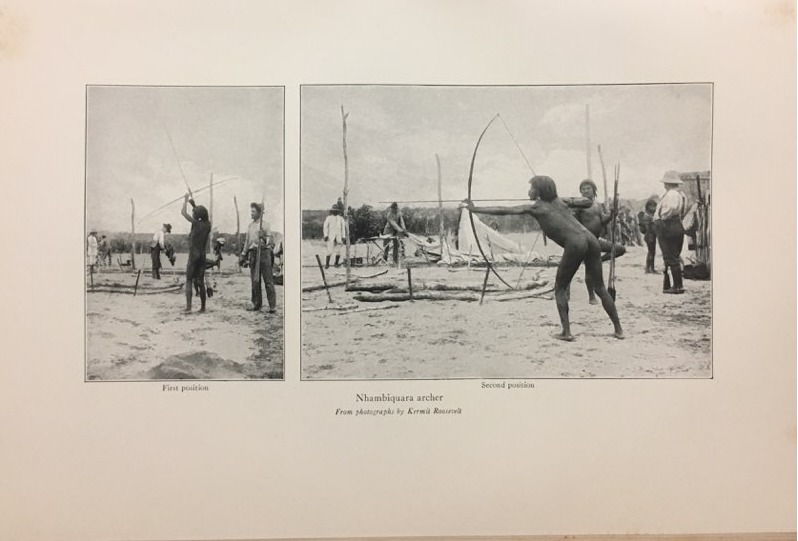Discovering the Undiscovered: Expansionist Rhetoric in Scientific Exploration
Theodore Roosevelt’s time in the Oval Office expanded the Monroe Doctrine’s declaration that regions of North, Central and South America and the Caribbean represent a hemisphere “unto itself”, naturally dominated by the US and free from influence from any other region in the world. Roosevelt’s Corollary was not necessarily a policy attempt to bring about hemispheric unity, but rather a way to establish, justify, and legitimize North American intervention in Latin America. Roosevelt’s proclivity to send naval gunboats and marines to sanction, control, and direct the affairs of the sovereign nations of Latin America ushered in an era of Gunboat Diplomacy. Dollar Diplomacy would replace Gunboat Diplomacy as Roosevelt anointed the United States as the sole nation that could assume the debts of Latin America in recognizing that financial inducements and pressure are far more insidious ways to exert control. Yet, Roosevelt’s unequivocal call for United States intervention in Latin America did not cease when Roosevelt left the presidency. Rather, in 1912, after losing his third-party bid for re-election, Roosevelt co-conducted the Roosevelt-Rondon Scientific Expedition with the purpose of collecting specimen of Amazonian fauna for an exhibit at the Museum of Natural History in New York that Roosevelt and his co-conductor, Cândido Rondon, encountered during their travels along the “River of Doubt” in the Amazon.
Roosevelt’s book, Through the Brazilian Wilderness, documents Roosevelt’s exploration of the “River of Doubt” as a rattling tale of trials and tribulations, shortcomings and triumphs, and of marvelous feats of sheer will and bravery in the eyes of his American readership. In his novel, Roosevelt describes and labels in length the flora and fauna that he “discovers,” while interweaving tales of near-death experiences from losing control of the canoe or falling morbidly ill. It is evident in the pictures Roosevelt includes in his novel that there is inherent danger within each and every marvel that nature has to offer.
The title, Through the Brazilian Wilderness, is nuanced with the historical and ideological connotation of “wilderness” that denotes the term as primitive, dangerous, and abent of civilization, rationality, and control. Roosevelt never fails to mention how the Amazon has been left untouched by man and is the last frontier which American humanity has yet to traverse. In doing so, Roosevelt, not only denounces the Amazon as void of any humanity, but also makes the imperialist call for American expansionism. Roosevelt always documented when a particular plot of land was suitable for agriculture prosperity or industry-building, thereby, enticing his American audience’s innate capitalist sensibilities in a push for American expansion and migration. However, Roosevelt fails to acknowledge that there is human life in the Amazon, and fails to imbue that indigenous human life - that was in fact present - with any sense of humanity and any capability of building civilization. In doing so, Roosevelt mirrors the role of frontier figures (i.e. imperialist and the conquistadors), and uses scientific expedition and fauna categorization rather than any armed weaponry as a means and motive to imperialize. To Roosevelt, science was the ideological apparatus which he constructed and compared himself to the “other” and the companion to the United States’ capitalist imperial aspirations.
Citation: Roosevelt, Theodore. Through the Brazilian Wilderness. New York City: Charles Scribner’s Sons, 1914.
Author of Exhibit Label: Omar Elsaai
